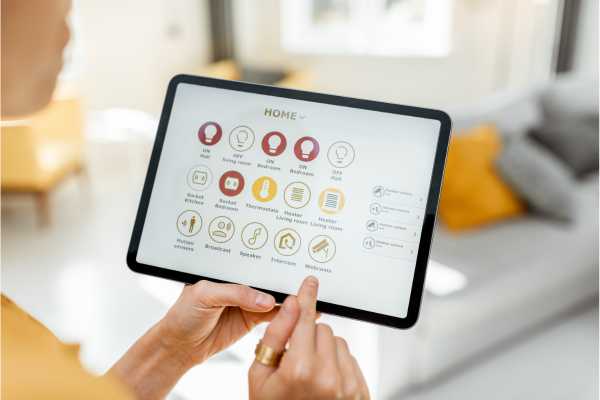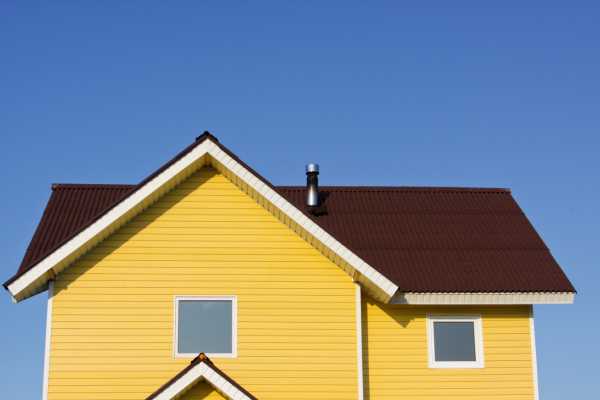In recent times, the trend of embracing tiny homes has gained momentum, driven by a quest for a more sustainable and minimalist lifestyle.
Tiny dwellings offer an environmentally conscious and cost-effective solution to the housing crisis while empowering individuals to minimize their ecological footprint.
To further enhance the ethos of sustainability, an increasing number of tiny homeowners are turning towards intelligent home automation to optimize their living spaces and elevate their overall quality of life.
Concept of Tiny Homes
Tiny houses represent diminutive, yet efficiently designed living spaces typically ranging from 100 to 400 square feet. Engineered for functionality, these compact abodes prioritize eco-friendliness and practicality.
The movement emerged as a counterbalance to the prevailing trend of oversized residences, aiming to foster a simpler, more purposeful existence.
Embracing tiny homes allows occupants to concentrate on essentials, consume less, and mitigate environmental impact.
Incorporating Smart Home Automation
The advent of smart home automation technology is reshaping the interaction with domestic environments.
By integrating such technology into tiny homes, residents can amplify the efficiency and convenience of their living quarters. From energy management to security, the potential applications are manifold.
Enhanced Energy Efficiency:
Smart home automation empowers homeowners to meticulously monitor and regulate energy consumption. Appliances boasting energy-efficient features, alongside intelligent thermostats and lighting systems, seamlessly blend into tiny house setups.
Leveraging real-time data and automation, inhabitants can curtail waste and trim down energy expenses.
Optimized Space Utilization:
Space optimization is pivotal in the realm of tiny homes, and intelligent automation proves instrumental in maximizing every square inch.
Motorized furniture, including retractable beds and collapsible tables, enables multifunctional spaces, leaving no room for wastage.
Security and Safety:
Despite their modest size, tiny houses necessitate robust security measures. Smart home systems offer sophisticated safeguards such as programmable locks, motion detectors, and video surveillance.
Remote access to surveillance cameras affords homeowners peace of mind, even when away from their compact abode.
Climate Control:
Maintaining a cozy indoor environment within a confined setting presents challenges, primarily due to limited insulation options.
Nonetheless, smart thermostats adeptly regulate temperatures, catering to occupants’ preferences and ensuring year-round comfort.
Embracing a Sustainable Future
The amalgamation of tiny homes and smart home automation epitomizes a harmonious synergy conducive to sustainability. By opting for smaller living spaces and embracing smart technologies, individuals can substantially diminish their carbon footprint.
This lifestyle choice resonates with the burgeoning global apprehension regarding climate change, advocating for more environmentally mindful practices.
The allure of smart home automation transcends environmental advantages, extending to notions of freedom and financial autonomy for homeowners.
The reduced expenditure associated with tiny homes, coupled with energy savings facilitated by automation, fosters a more secure financial outlook.

In Conclusion
In essence, the tiny house movement presents a promising avenue for those inclined towards a sustainable and minimalist lifestyle.
Through the integration of smart home automation into these compact domiciles, homeowners can craft efficient, eco-friendly, and inviting living environments.
The symbiosis between tiny homes and smart technology not only mitigates environmental impact but also yields tangible financial rewards.
As society progresses, the fusion of tiny house concepts with smart home automation is poised to make significant strides towards a more sustainable and environmentally conscious future.
Keep reading our articles:
Exploring the Wonders of Concealed Technology in Compact Living Spaces
Exploring the Appeal of Unique Roofs in Tiny Houses
FAQ
1. What defines a tiny house, and how does it differ from a traditional residence?
Tiny houses are compact living spaces typically spanning 100 to 400 square feet. What sets them apart from conventional homes is their emphasis on minimalism, eco-friendliness, and efficiency.
Tiny homes are engineered to promote a simpler, more mindful way of living, contrasting with the trend of larger, more resource-intensive dwellings.
2. What constitutes smart home automation, and how does it function within a tiny house?
Smart home automation encompasses the integration of technologies aimed at monitoring and controlling various aspects of domestic life.
In tiny homes, this technology is harnessed to enhance energy efficiency, space utilization, safety, and climate control. Through smart devices and remote access capabilities, homeowners can efficiently manage their compact living spaces.
3. Is it feasible to retrofit existing tiny houses with smart home automation technology?
Indeed, in most cases, retrofitting existing tiny houses with smart home automation technology is feasible. Many smart devices are designed with ease of installation and compatibility in mind, making them suitable for integration into any home setting.
Nonetheless, it’s crucial to ensure compatibility and seek professional assistance if needed.
4. What are the costs associated with implementing smart home automation in a tiny house?
The costs of deploying smart home automation in a small residence can vary based on the extent of automation and the specific devices chosen.
Prices typically range from a few hundred to several thousand dollars. However, the long-term benefits, including energy savings and increased efficiency, often justify the initial investment.
5. Is smart home automation safe for tiny houses?
Yes, when implemented correctly and supplemented with appropriate security measures, smart home automation is safe for small residences.
Reputable smart home brands prioritize security features and encryption protocols to safeguard user data and thwart unauthorized access. Regular software updates and robust password practices further bolster security measures.


